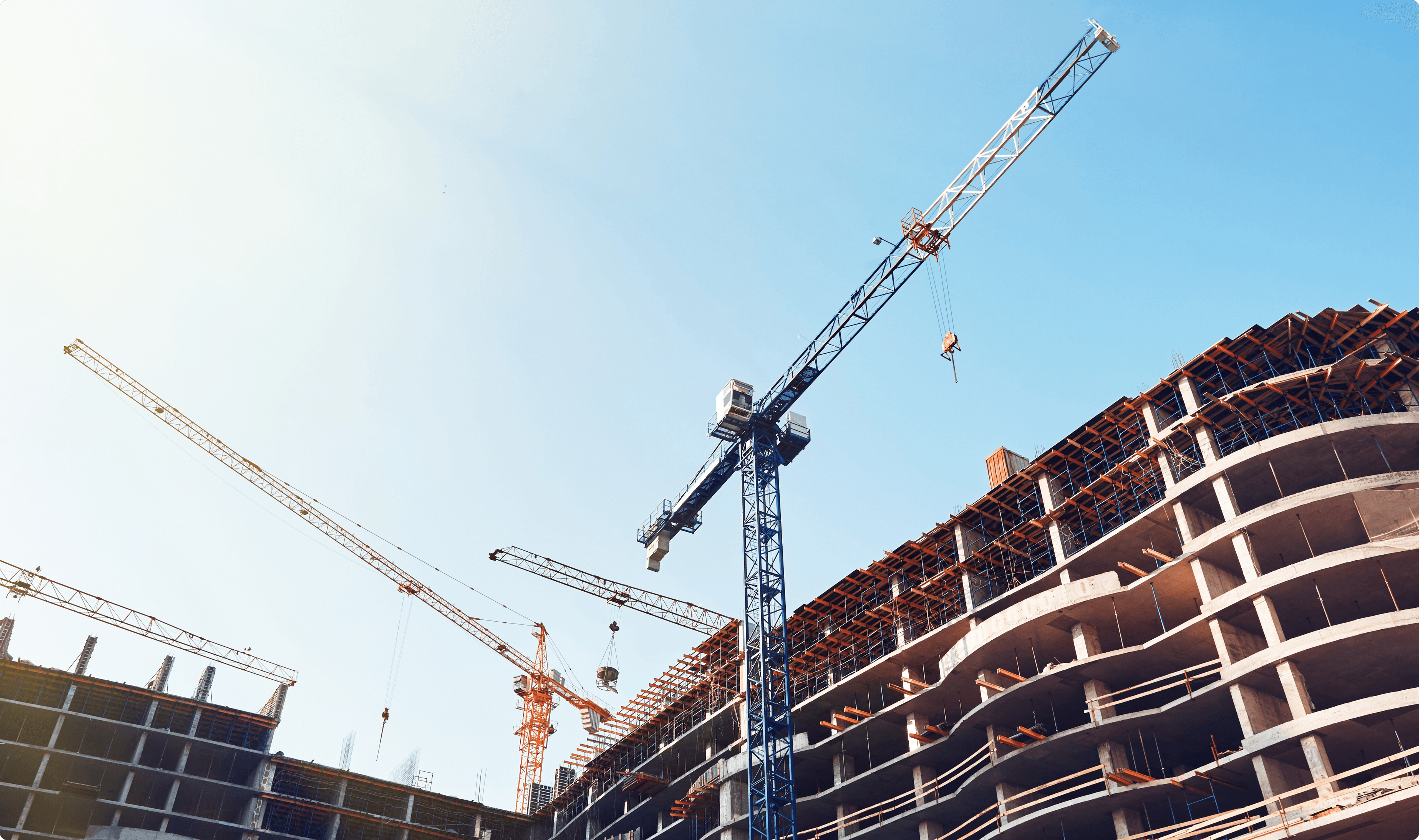On March 20, 2023, USCIS will host an EB-5 stakeholder engagement to discuss various topics, including the investment sustainment period. This period determines how long an investor's capital must remain invested to be eligible for immigration benefits.
The duration of the "at-risk" sustainment period has significant implications from a securities, economic, and investor-risk standpoint. This article analyzes how the sustainment period seems to have changed under the EB-5 Reform and Integrity Act of 2022 (RIA) and its implications. Additionally, this article examines the viewpoints of different stakeholders in the EB-5 program.
Looking for an EB-5 investment with faster capital return?
Let's TalkThe sustainment period prior to RIA
Investors who submitted their I-526 petitions before the enactment of the RIA are obligated to maintain their investment "at risk" in the new commercial enterprise (NCE) until the end of their two-year conditional residency period.
However, due to the lengthy I-526 processing times and retrogression for many investors, this requirement meant that investments that were initially projected to last five to seven years were not always long enough for petitioners who might have to wait over a decade for a visa.
As a result, NCE managers were put in the position that to protect their investor’s immigration petition, they had to reinvest their investors' capital into another venture.
And investors faced new investment risks just as the target of their original investment repaid the original capital investment.
Agents who earn trail commissions were sometimes getting additional payments, and developers discovered the benefits of having investors capitalize a continuous stream of business projects.
What is the rule today?
Robert Divine, immigration lawyer and former Acting Director of USCIS, has stated that post-RIA investors need to sustain their capital for only two years after investing, whereas pre-RIA investors must sustain their capital until the end of the conditional permanent residency period.
Divine sees this as a significant change, as increased processing times and backlogs for visas have resulted in investors waiting many years to begin their conditional permanent residency, thus leading to redeployment. The RIA has “remedied this problem prospectively,” Divine states, by allowing post-RIA investors to be repaid prior to being issued conditional permanent residency, eliminating the need for redeployment.
USCIS has also acknowledged this change in sustainment requirements. Acting Policy Division Chief of USCIS, Paul Egan, referred to this change during the October 2022 public engagement when he said that the new RIA sustainment requirements “relieve the burden on new investors of maintaining their investment at risk for long timeframes well beyond the scope of the new investment project.”
Despite these interpretations, one significant industry organization disagrees.
IIUSA: the RIA has not decoupled sustainment from conditional permanent residency
In preparation for the March 20 stakeholder engagement, IIUSA submitted a memo to USCIS citing the policy manual, which states that the immigrant investor must sustain the investment throughout the conditional permanent residency period.
Despite the recent amendments to the RIA, IIUSA maintains that the historical requirement is consistent with the text and intent of the RIA: “We see nothing in the 2022 law evidencing Congress' intent to modify its longstanding regulatory policy that might somehow de-couple the capital sustainment period from the conditional residency period.”
IIUSA's assertion seems to contradict statements made by USCIS that the new sustainment requirement will "relieve the burden" of redeployment. It remains to be seen whether IIUSA will acknowledge other stakeholders' differing interpretation of the new requirement and provide evidence for its own interpretation during the engagement.
Some may question IIUSA's position, especially since the organization represents established regional centers who generally work with commercial real estate developers who may benefit from holding onto investor capital for years beyond the initial term of investment.
Obviously, such interests do not align with the interests of new investors. And one group representing EB-5 investors has challenged the position of IIUSA.
Investor group raises concerns about redeployment
The American Immigration Investor Alliance (AIIA) has submitted a response to the Immigration Service's call for public comment for its March 20 EB-5 engagement.
Contrary to the regional center organization's stance, AIIA asserts that the sustainment period has indeed changed from its historical state. AIIA cites the RIA amendment that removed the provision requiring investor’s capital to remain sustained throughout conditional permanent residency.
AIIA emphasizes that the sustainment period is directly linked to redeployment and describes it as a "nightmare" and a "growing source of risk and heartache" for EB-5 investors.
The group says that while EB-5 issuers benefit from redeployment, investors remain helpless as funds repaid from their first investment are redeployed to other projects that have not been approved by USCIS and that often offer an unfair return despite the increased investment risk.
Immigration Lawyer questions RIA's Sustainment Decoupling
Immigration lawyer Michael Harris was the first to point out that the RIA amended the sustainment requirement. However, he says there is not yet legal certainty that the RIA decouples sustainment from conditional permanent residency.
He does acknowledge that the RIA removed provisions that would cause an EB-5 petitioner to have their residence terminated if they did not sustain their investment during their two years of conditional residence.
Yet, for him the unanswered question is when exactly does the law require an investor to begin and exit their at-risk investment?
While some may interpret the removal of the provision from the regulations as a clear signal that the provision no longer exists, Harris wants clear direction from the Immigration Service. “Since this is not explicitly provided in the RIA, USCIS will need to make a reasonable interpretation of this gap in the statute and promulgate regulations,” he tells us.
Registered broker-dealer representative offers securities perspective
Kurt Reuss, a registered broker-dealer representative, and part owner of the parent company of GreenCardByInvestment.com, has been selling securities in the EB-5 program since 2013, and provides a securities perspective on the RIA and redeployment.
Reuss supports Divine's interpretation that the new regulations have altered the capital sustainment period and believes that this change benefits both the industry and investors.
He considers the new two-year capital sustainment rule crucial in preventing issuers from being put in this situation.
Reuss predicts that redeployment will rarely be necessary going forward, as NCEs can now repay investors in just two years. “This change should significantly improve investors' positions and reduce headaches for issuers who must find a new project to deploy capital within all the restrictive parameters imposed by the regulations.”
The debate over capital sustainment must be decided soon by USCIS
The debate over capital sustainment in the EB-5 program has intensified, with clashing interpretations from industry stakeholders and immigration law experts over whether or not the RIA decoupled sustainment from conditional permanent residency.
As new industries turn to EB-5 to raise capital, and as investors argue that redeployment is unfair and not viable, clarification from USCIS is absolutely needed.
In the upcoming engagement, the Immigration Service must decisively answer the sustainment question for the sake of new businesses that see EB-5 as an opportunity and investors making life-changing investment and immigration decisions.







